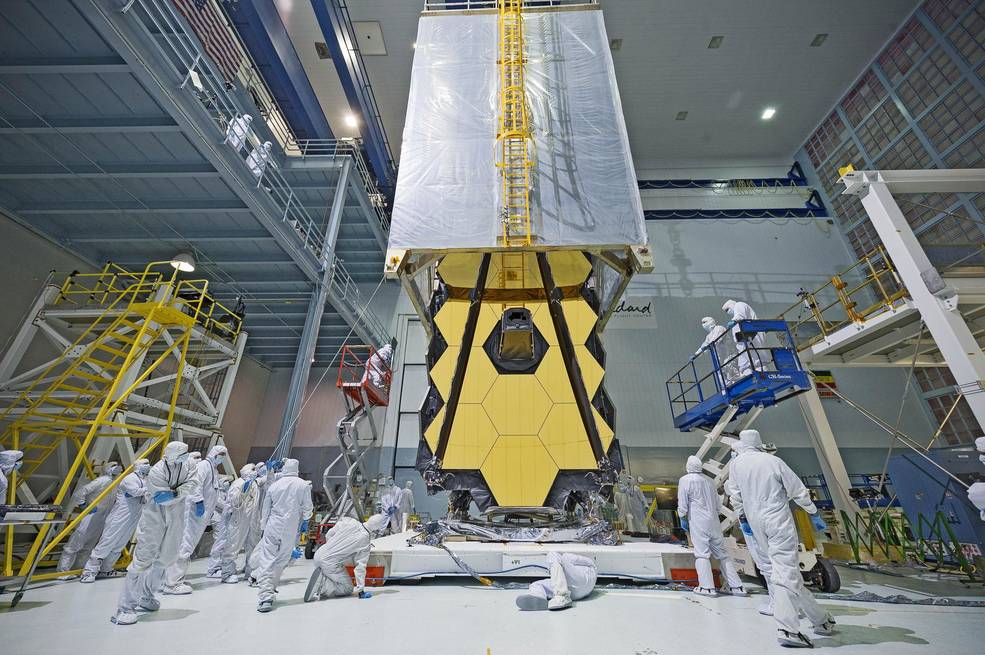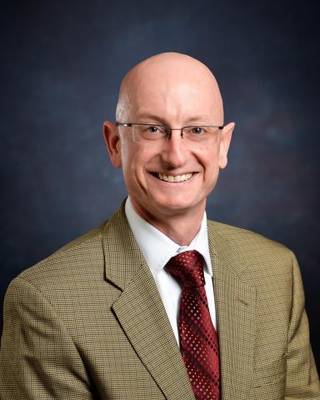The National Space Society (NSS) has awarded the Wernher von Braun Memorial Award to NASA’s James Webb Space Telescope’s science team. The award will be accepted at the NSS’s 23rd annual International Space Development Conference, to be held on May 25-28, 2023, in Frisco, Texas, a suburb of Dallas.
The Wernher von Braun Memorial Award is given in odd-numbered years to recognize excellence in management of and leadership for a space-related project that is significant and successful and shows strong management skills and team cohesion.
Accepting the award will be Dr. Eric Smith, the associate director for research in the Science Mission Directorate’s Astrophysics Division at NASA Headquarters in Washington and program scientist for the James Webb Space Telescope.
“On behalf of NASA’s James Webb Space Telescope team, we are honored by this prestigious award,” said Dr. Eric Smith, associate director for research in the Astrophysics Division at NASA Headquarters and program scientist for the James Webb Space Telescope. “Webb has exceeded all expectations and captured awe-inspiring images and amazing spectra of the distant universe, objects in our solar system and everything in between that will inspire generations to come.”
Launched in late 2021 after more than a decade of preparation, Webb successfully performed a complex series of deployments shortly after leaving Earth orbit. The process required over 400 specific mechanical actions, none of which had been tested in microgravity.
Six months later, the telescope reached its working orbit at the Sun-Earth L2 Lagrange point, a stable orbit in space well beyond that of the Moon. Once there and fully commissioned, the 21-foot (6.5-meter) telescope began its record-breaking work.
Webb operates at infrared frequencies. The combination of sensitive instrumentation with its massive primary mirror the telescope can see farther and more clearly than any previous observatory of its kind. Discoveries from existing and newly identified targets began to accumulate almost immediately. The first images were unveiled on July 12, 2022.
The ever-growing list of Webb discoveries includes direct imaging of exoplanets and the identification of key gases in their atmospheres; tracking clouds on Saturn’s moon Titan; identifying new details in a cluster of galaxies; imaging the incredibly faint rings around Uranus; capturing the galactic merger of Arp 220; discovering sand-bearing clouds on a remote exoplanet; measuring the temperature of a rocky exoplanet; and observing galaxies seen in their earliest years, when the universe was just 350 million years old – about two percent of its current age.
“The JWST has transformed how we look at the universe in a remarkably short period of time,” said Anita Gale, CEO of the NSS. “After its very nearly flawless deployment, a major feat in itself, the Webb has returned incredible science from the furthest reaches of the universe to never-before-seen details of our own solar system, with NASA coordinating research teams and partners from around the world. I can’t think of a more worthy recipient for this prestigious award.”
The National Space Society was founded in 1987 via a merger of the National Space Institute and the L5 Society.
The James Webb Space Telescope is the world’s largest, most powerful, and most complex space science telescope ever built. Webb will solve mysteries in our solar system, look beyond to distant worlds around other stars, and probe the mysterious structures and origins of our universe and our place in it. Webb is an international program led by NASA with its partners, ESA (European Space Agency) and the Canadian Space Agency.
Rob Gutro
NASA’s Goddard Space Flight Center, Greenbelt, Md.

























